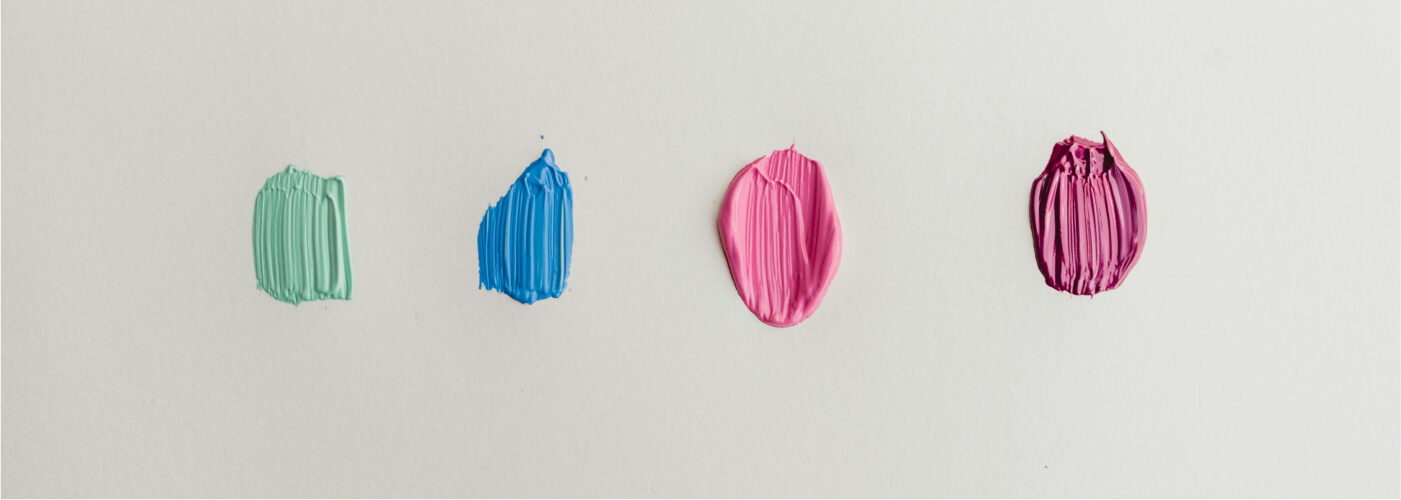The Hidden Psychology of Gallery Installation Design
Walking into a perfectly curated exhibition feels like entering another world. Yet this transformative experience isn't accidental – it's the result of careful psychological engineering that shapes how we perceive and interact with art. Behind every successful gallery installation lies a deep understanding of human perception, movement, and emotional response.
Modern exhibition design has evolved into a sophisticated practice that combines elements of psychology, architecture, and theatrical staging. The most compelling installations guide visitors through a carefully orchestrated journey, one that enhances their connection with the artwork while remaining virtually invisible to the conscious mind.
The Architecture of Flow
The concept of visitor flow extends far beyond simple traffic management. Studies show that people naturally drift to the right when entering a space and tend to follow curved paths rather than sharp angles. Forward-thinking galleries are using these behavioral patterns to create installations that feel natural while subtly directing attention to key pieces.
Exhibition designers now use sophisticated heat mapping and visitor tracking to understand how different layout configurations affect engagement times and viewing patterns. This data-driven approach helps create spaces that feel intuitive while maximizing meaningful interactions with the art.
The Power of Negative Space
Empty space in gallery design isn't truly empty – it's an active element that shapes our perception of artwork. The human brain processes objects in relation to their surroundings, making the careful manipulation of negative space crucial to how we experience art. Too little space creates visual chaos, while too much can make works feel isolated and disconnected.
Modern curators treat negative space as a dynamic tool, using it to create rhythm, direct attention, and provide mental breathing room between intense pieces. This deliberate use of emptiness helps prevent the cognitive fatigue that often occurs in densely packed exhibitions.
Color Psychology in Context
The relationship between wall color and artwork has become increasingly nuanced as our understanding of color psychology evolves. While the classic white cube remains prevalent, contemporary galleries are experimenting with subtle variations in tone and temperature to enhance specific works or create distinct emotional zones within exhibitions.
Research indicates that even slight shifts in background color can dramatically affect how viewers perceive everything from brush strokes to emotional content. Forward-thinking galleries are using this knowledge to create micro-environments that optimize the viewing experience for different types of work.
The Science of Lighting
Lighting design in galleries has moved far beyond basic illumination. Modern lighting systems can adjust color temperature, beam spread, and intensity throughout the day, responding to natural light conditions and visitor patterns. This dynamic approach helps maintain optimal viewing conditions while reducing the fatigue associated with artificial lighting.
The latest research in neuroscience suggests that subtle variations in lighting can significantly impact emotional responses to artwork. Progressive galleries are using this insight to create lighting schemes that enhance the narrative flow of exhibitions and guide viewers through different emotional states.
Sound and Silence
The acoustic environment of a gallery space plays a crucial role in shaping the visitor experience. The careful management of ambient sound – whether through active sound design or strategic sound dampening – can significantly impact how long visitors engage with artwork and how deeply they connect with it.
Some galleries are experimenting with directional sound technology to create invisible audio zones, allowing for sound-based installations without disturbing the contemplative atmosphere of neighboring spaces.
Digital Integration
As technology becomes more sophisticated, galleries are finding subtle ways to incorporate digital elements without overwhelming the primary experience of the artwork. From proximity-triggered information displays to augmented reality overlays, these tools are being integrated in ways that enhance rather than distract from the viewing experience.
The key lies in using technology to provide additional layers of engagement while maintaining the primacy of the direct relationship between viewer and artwork. Successful digital integration feels natural and optional rather than forced or necessary.
This deep understanding of environmental psychology continues to evolve, shaping how galleries present art to an increasingly sophisticated audience. The future of exhibition design lies in this delicate balance – creating spaces that guide and enhance the viewing experience while remaining invisible to the conscious mind.

